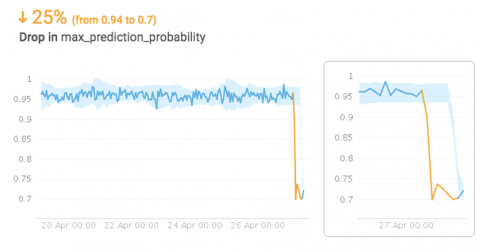A Quick Look at 5 Popular Kubernetes Distributions
Kubernetes is a powerful platform that has shifted the way modern software operates and scales over the past five years. It’s got a strong open source community and benefits from innovation from the collective. Also, some of its current shortcomings are: difficulties in installation, complexity, and customization. In many ways, Kubernetes is like the Linux kernel: it provides a framework for running software, but none of the tools. This is where Kubernetes distributions (or distros) come in.











